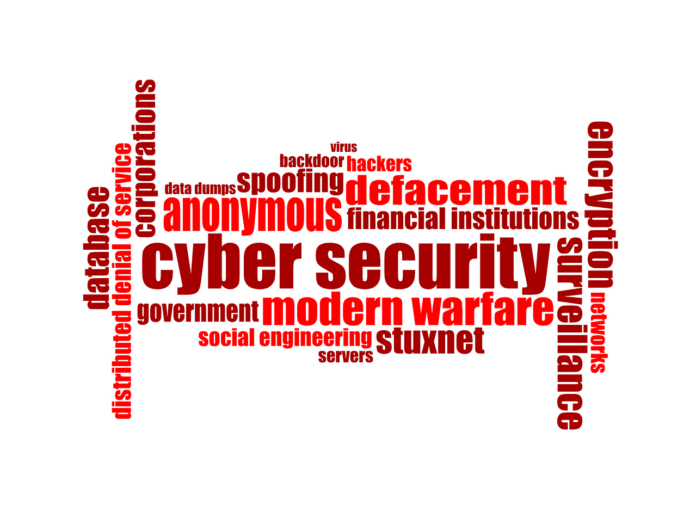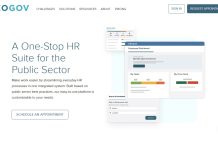In today’s evolving digital world, cyber-attacks are becoming increasingly commonplace. From malware and financial theft to identity fraud and data breaches, cyber attacks can have devastating consequences for individuals and businesses of all sizes. The cost associated with a successful attack can be devastating. That’s why taking preventive measures is crucial. Here are seven ways to protect your business from cyber threats.
-
Train Your Staff
You need to ensure your staff is equipped with the knowledge and skills required to protect your business from cyber-attacks. Training sessions should be conducted regularly to inform them about the latest security threats and best practices, including recognizing phishing emails, avoiding suspicious links, and using strong passwords.
It’s also essential to create a policy for reporting any suspicious activity, so everyone knows what steps to take if they come across something that doesn’t seem right. Establishing clear and consistent communication will help ensure your employees are well-informed on how they can help protect your business from malicious activity.
-
Update Your Software
Not updating your software is one of the most common causes of cyber-attacks. Outdated programs are more vulnerable to exploits and malware, exposing your business to potential threats. That is why it is important to have policies to ensure all software is updated as soon as patch releases or other updates become available.
Consider automating your software updates to ensure all your programs are up-to-date without requiring manual intervention. Automated updates also reduce the time and effort it takes to keep your software current, so you can focus on other aspects of running your business.
-
Use Multi-Factor Authentication
Multi-factor authentication (MFA) is an important security measure that adds a layer of protection to your data. It requires the user to enter two or more pieces of information, such as a password and a one-time code sent via SMS, before accessing their account.
MFA helps protect against unauthorized access to your accounts and data. It reduces the risk of someone guessing or stealing your password, as they would need a second authentication factor to gain access. Consider implementing it for all login attempts on essential systems such as your website, email, or customer portal. This helps ensure that only authorized users can access your data.
-
Install and Enable a Firewall
Installing and enabling a firewall is critical for protecting your system from malicious attacks. Your firewall will act as a shield against unauthorized access, allowing only legitimate traffic and blocking out anything suspicious. With modern firewalls, you can monitor and analyze incoming traffic for signs of attempted intrusion.
Setting up a firewall can be challenging and involving, but it must be done to keep your system secure. Whether you go with the built-in Windows Firewall or opt for an advanced third-party solution, having a reliable and fully functioning firewall in place gives you the peace of mind that your system is safe from any attack.
-
Use Strong Passwords
One of the simplest and most effective ways to protect yourself from cyber-attacks is using strong passwords. Strong passwords are not only challenging for hackers to guess but can also help protect your business data in the event of a breach.
Avoid using words that can be easily guessed or related to personal information, such as your name, address, or date of birth. Additionally, never share your passwords with anyone, and make sure to change them regularly. Use password managers to create strong passwords and store them securely.
-
Backup Data Regularly
Regular backups ensure that if there is ever a breach in security or data loss due to hardware failure, you will still have access to critical information needed for operations or customer service purposes.
It would be best to back up your data regularly to have a recent copy. You can back up your data manually or look into automated solutions that will help simplify the process. When backing up your data, store the backups in a secure location such as an external drive or cloud storage.
-
Use Encryption
Encryption scrambles your data so it can’t be read by anyone who doesn’t have a key. If someone were to gain access to your information, they would need the decryption key to make sense of it. There are two main types of encryption: symmetric and asymmetric. It is important to understand the difference between these two types of encryption and how they protect your data. Symmetric encryption uses a single key for both encryption and decryption. On the other hand, asymmetric encryption uses two different keys, one for encryption and one for decryption.
It’s important to use encryption for all sensitive information stored on your network, such as customer and financial information. You should also use encryption when sending messages or files over the Internet to keep them safe from interception. Encryption is a powerful tool, but it’s important to remember that even encrypted data can be vulnerable if someone gains access to the decryption key. That is why it’s essential to keep your encryption key secure.
There are several important security measures you should take to ensure the safety and privacy of your data. These measures include encryption to protect sensitive information, enabling multi-factor authentication for logins, installing a firewall to block suspicious traffic, and regularly backing up your data. Following these tips can help keep your system secure and protect your data from any potential threats.



